The ancient Vietnamese art of mascot sculpture has existed for a long time and spread across many cultural regions. This treasure trove of folk art is deeply present in daily life, museums, temples and religious ceremonies. In particular, mascot sculptures from different historical periods are preserved at the Museum of Fine Arts, the Museum of Vietnamese History and in collections of ancient mascots, helping the public enjoy the beauty and meaning of ancient Vietnamese sculpture. These works not only foster the public's ability to appreciate art, but also promote the value of traditional fine arts heritage, contributing to preserving and spreading Vietnamese cultural values.
Among the Vietnamese sacred animals, the Four Sacred Animals (Dragon, Unicorn, Turtle, Phoenix) are worshiped by the Vietnamese people, each sacred animal embodies precious virtues that the nation cherishes. This cultural symbol appears commonly in living spaces, from the royal court to the folk. According to folklore researchers, the image of the dragon is closely associated with the origin of the nation through the legend "The Dragon's Descendants and the Fairy"; the unicorn symbolizes benevolence; the phoenix is a symbol of peace and prosperity, representing virtue and beauty; the turtle is a symbol of sustainability and longevity.
The Four Sacred Animals symbol is strongly imprinted in many sculptures, reflecting the fine arts and national identity in each historical period. A typical example is the unicorn symbol on the golden seal “Dai Nam Hiep Ky Lich Chi Bao”, Thieu Tri 7 (1847). This is also an important historical source about the Nguyen Dynasty - the last feudal dynasty in Vietnam.
 |
The dragon symbol used on the golden seal “Hoang Thai Tu Bao”, Gia Long 15th year (1816). |
Along with the symbols of the Four Sacred Animals, Vietnamese folk sculpture is also vividly expressed through many sculptures preserved in communal houses, pagodas, and in the daily living spaces of Vietnamese families such as images of lions, unicorns, and prominent specimens dating from the 18th and 19th centuries, reflecting the folk sculpture art formed and developed through a long process of labor and creativity of artisans. Therefore, the sculptures are very close and lively with many shapes and styles, making the visual language of this mascot extremely diverse and rich.
The image of the Nghe appears in many living spaces of Vietnamese people, from houses to palaces, communal houses, pagodas, mausoleums... with the function of guarding and guarding. Permeating life and beliefs, the Nghe has been popularized, becoming a symbol in Vietnamese folk culture.
Folk sculpture also shows the fine arts in the cultural regions of Vietnam such as the statue of the god Garuda, 11th-13th century, rare Champa sculpture artifacts are preserved in many museums in Vietnam and countries around the world . According to folk culture researchers, Champa sculpture has two main types: reliefs and statues with themes of the divine bird Garuda, the elephant god, lion, Apsara dancer, god Vishnu, god Shiva... mascots that strongly reflect the sculptural style in each historical period, in accordance with the cultural traditions of the Vietnamese people.
 |
Vietnamese dragon imprints Vietnamese identity . |
Vietnamese mascots in contemporary sculpture
In the flow of cultural art, sculpture continues to be a source of creative inspiration for many contemporary artists, through sculptures. Vietnamese mascots not only continue to affirm their unique cultural identity, but also play an important role in shaping and developing national identity in the new era. Modern sculptures, from classical images to abstract symbols, not only reflect aesthetic beauty but also convey profound messages about environmental protection, sustainable development and peace .
Artists use new materials such as metal and synthetic materials, creating works that are not only highly aesthetic, but also demonstrate the endless creativity of the Vietnamese people, thereby contributing to affirming and promoting national culture in a modern context.
The combination of tradition and modernity is clearly demonstrated through the exploitation of traditional cultural elements and their application to new forms and materials such as bronze, stone, and wood.
The combination of tradition and modernity is clearly shown through the exploitation of traditional cultural elements and their application to new forms and materials such as bronze, stone, and wood. Contemporary artists not only recreate the past but also create new marks, reflecting the transformation and development of Vietnamese culture in the new era.
In recent years, cultural and artistic activities, some outstanding sculptures about mascots can be mentioned as: 80 works about dragon mascots displayed at the exhibition "Drawing Dragons" (2024) attracted the attention of the public. The exhibition "Vietnamese Mascots" at the Hanoi Museum, introducing more than 200 images, collected artifacts as well as mascot restoration products made by artisans and sculptors. In addition, there are other mascot works such as "Peaceful Unicorn" (2020), displayed at the exhibition "Vietnamese Mascots through the ages"; the work "Prosperous Dragon" (2021) introduced at the National Museum of History in Hanoi. The work "Rebirth of the Phoenix" (2022), displayed at the exhibition "Creation and future of Vietnamese mascots".
These works depict images of mascots - cultural symbols of Vietnam, emphasizing the image of Vietnamese culture, conveying messages of peace and prosperity, showing the connection between the past and the present, in accordance with cultural and artistic values in contemporary society.
 |
Dragon mascot through the sculpture art of Bat Trang potters (Hanoi). |
Along with that, the Mascot Exhibitions show the development and transformation of this cultural symbol through the ages. Notable is the "Vietnamese Mascot" exhibition from the time of founding the country to the Nguyen Dynasty, introducing 27 types of mascots through nearly 100 artifacts; the "Vietnamese Mascot" exhibition (2016) at the Hanoi Museum, introducing over 200 works and images of Vietnamese mascots; the Nghe Viet Mascot Exhibition (2018) at the Temple of Literature - Quoc Tu Giam. Most recently, there is the exhibition of 1,000 dragon sculptures (2024) by artisan Nguyen Tan Phat, in Duong Lam village (Son Tay - Hanoi).
The creative themes focus on mascots, demonstrating the creativity of Vietnamese sculpture. These works are not only a recreation of traditional mascots, but also contemporary cultural imprints, reflecting the great creativity of Vietnamese artists and artisans, when combining traditional mascots with contemporary social issues such as environmental protection, sustainable development, aspirations for development and peace.
Thanks to constant innovation and creativity, Vietnamese mascots have surpassed traditional limits, becoming vivid cultural symbols, contributing to affirming and promoting Vietnamese national identity in the international cultural and artistic flow, especially in the period of innovation and global integration.
Source: https://nhandan.vn/linh-vat-trong-nghe-thuat-dieu-khac-dan-gian-viet-nam-post864694.html



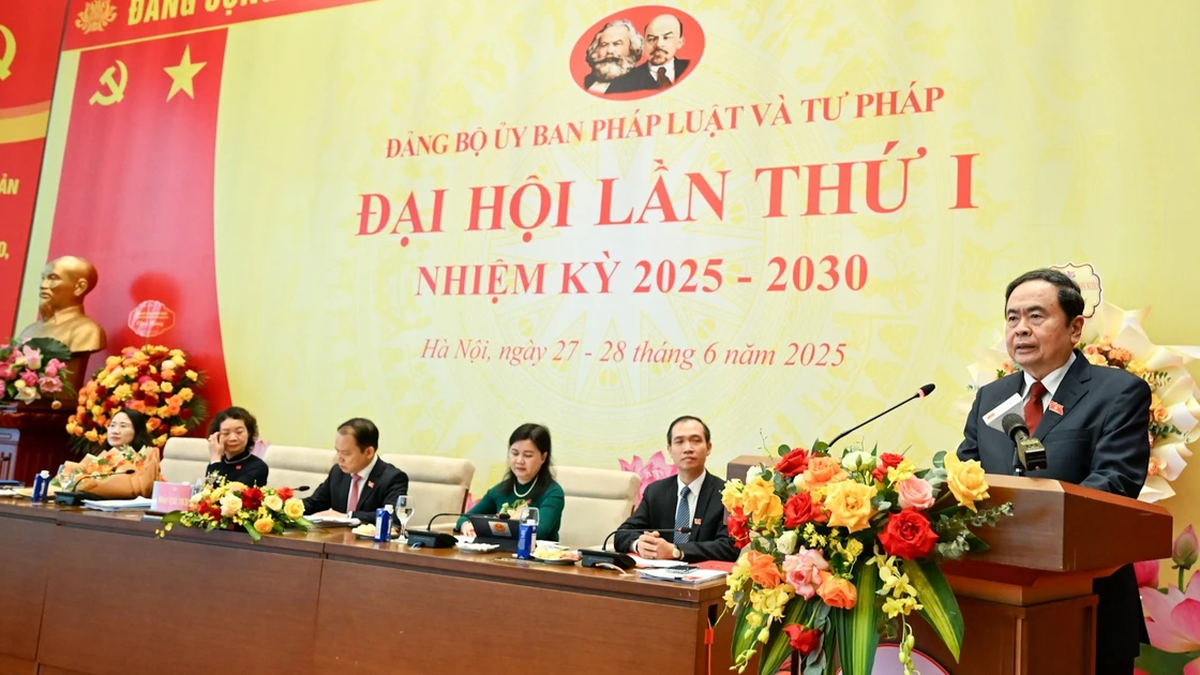
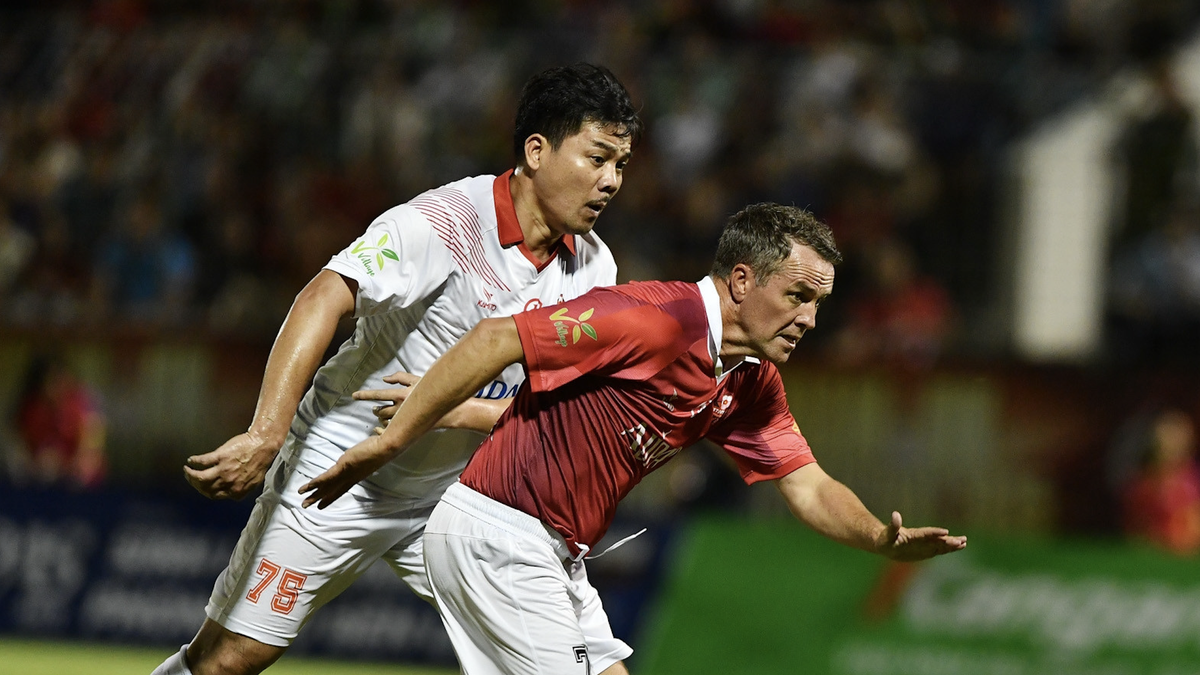
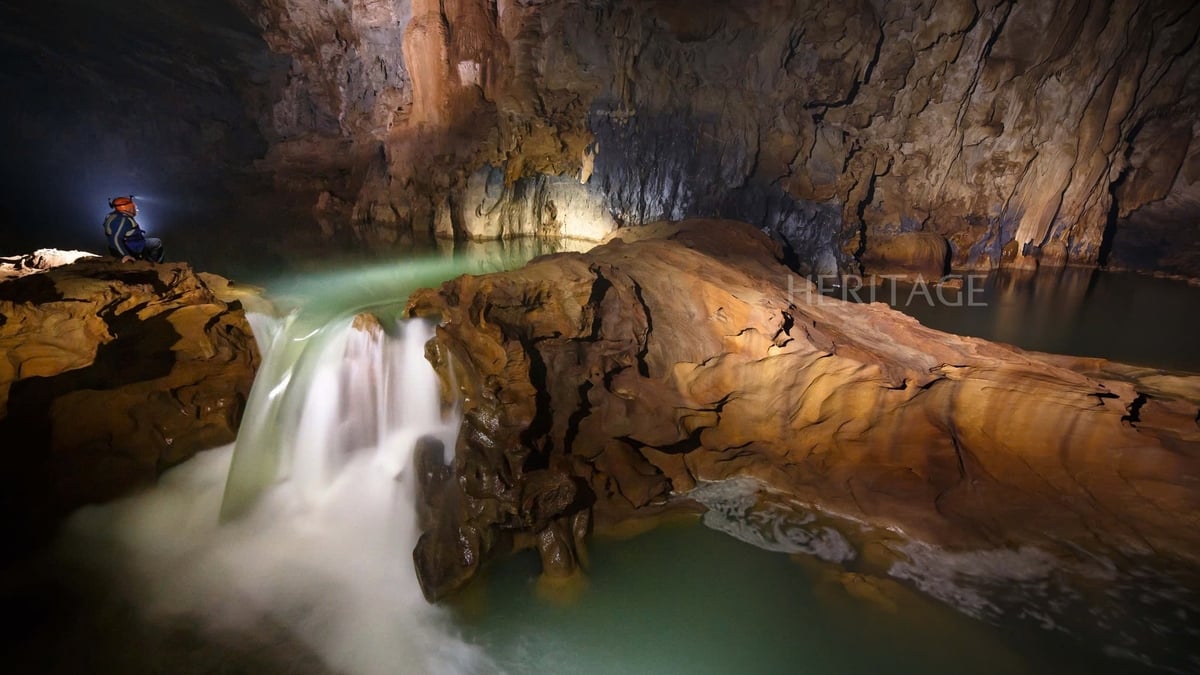

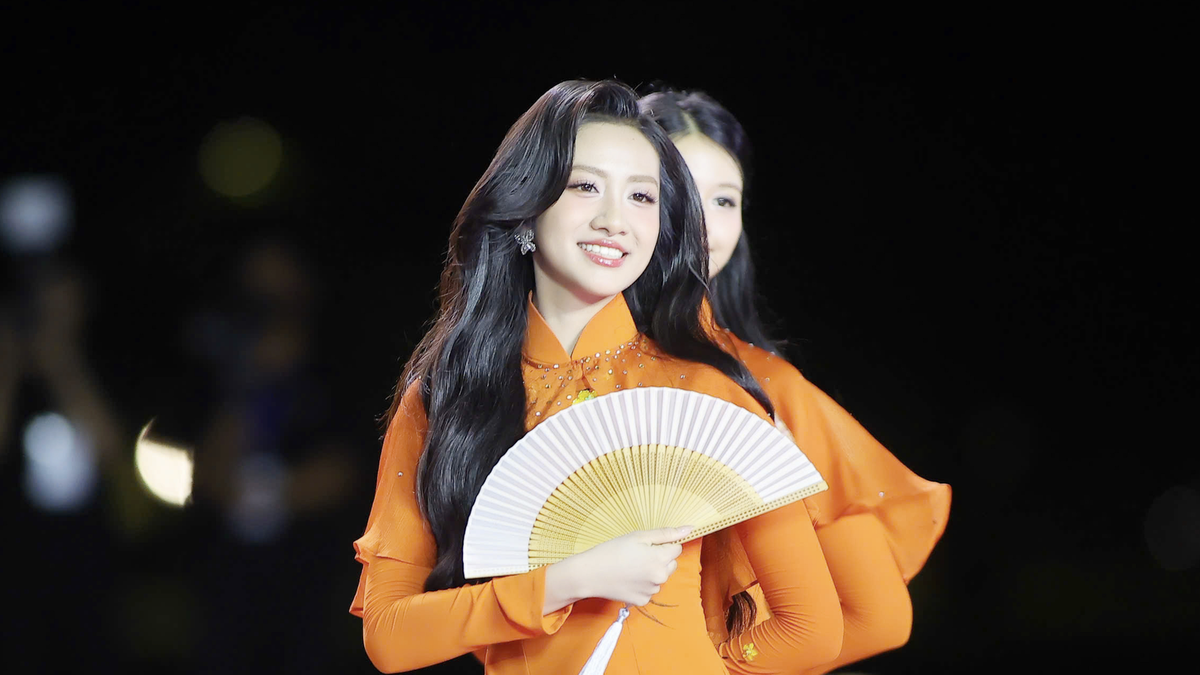
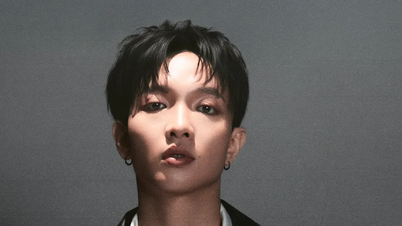

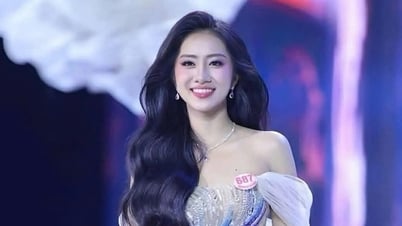



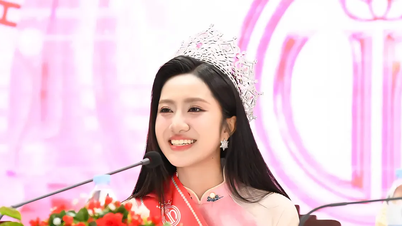
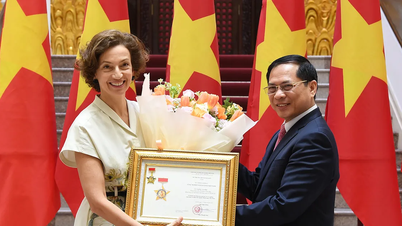








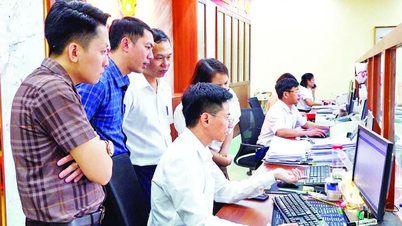
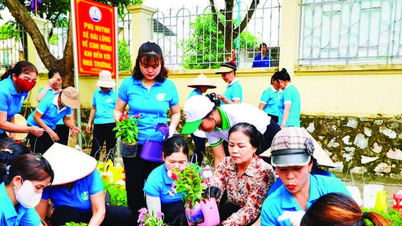
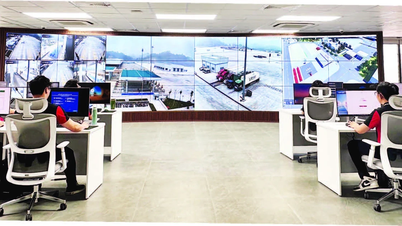
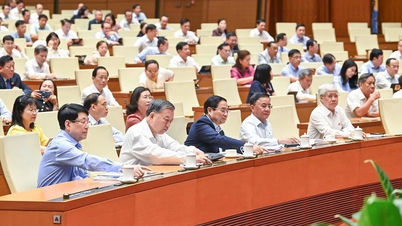


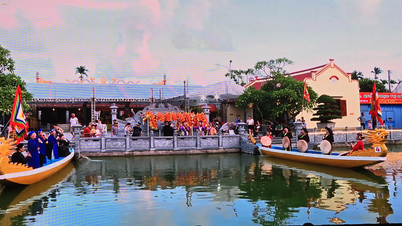

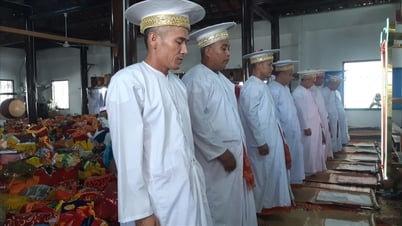

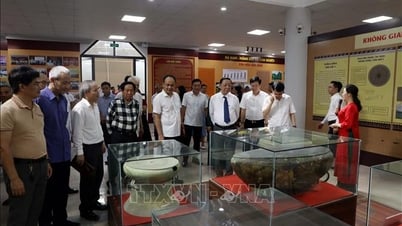


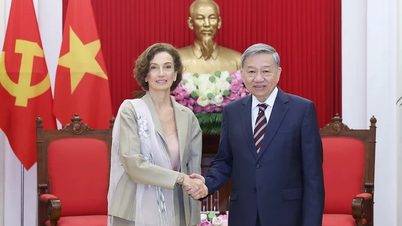

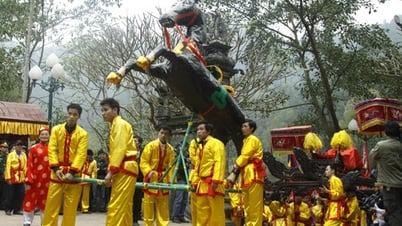
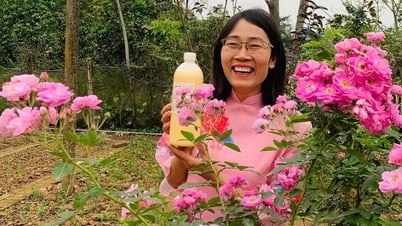
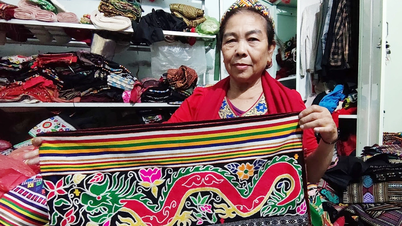

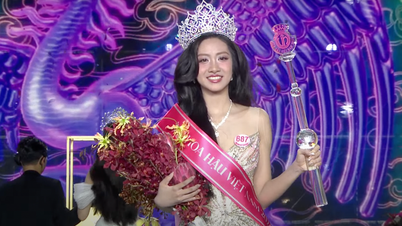

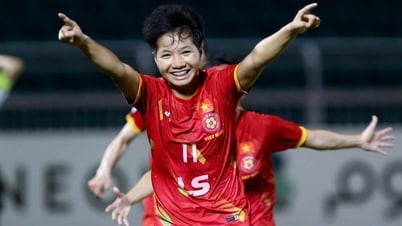


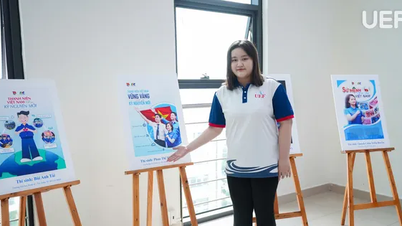










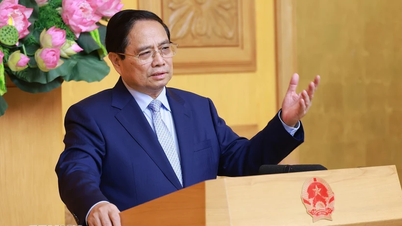

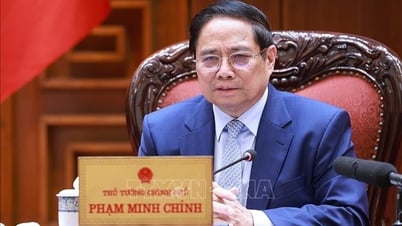
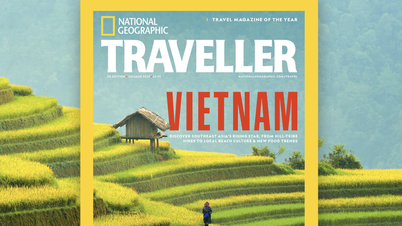
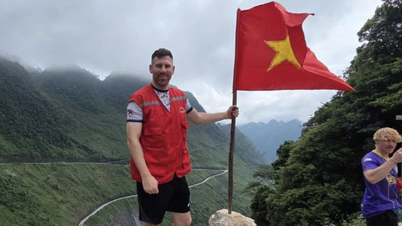

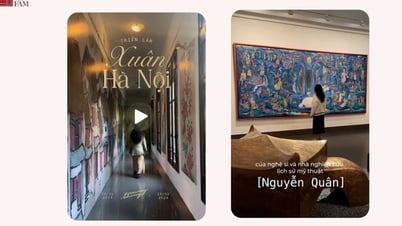



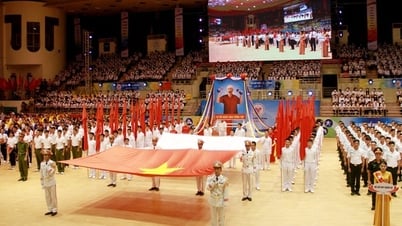

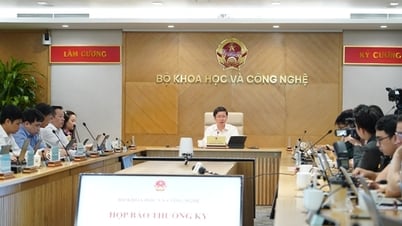

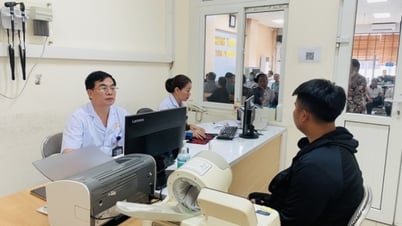



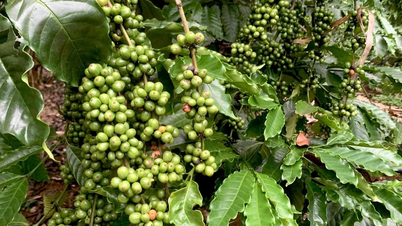

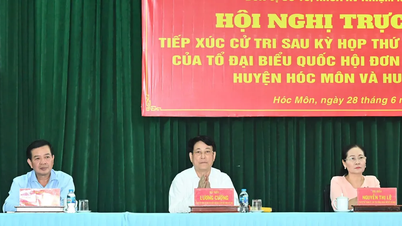
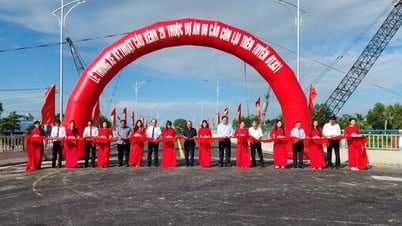
















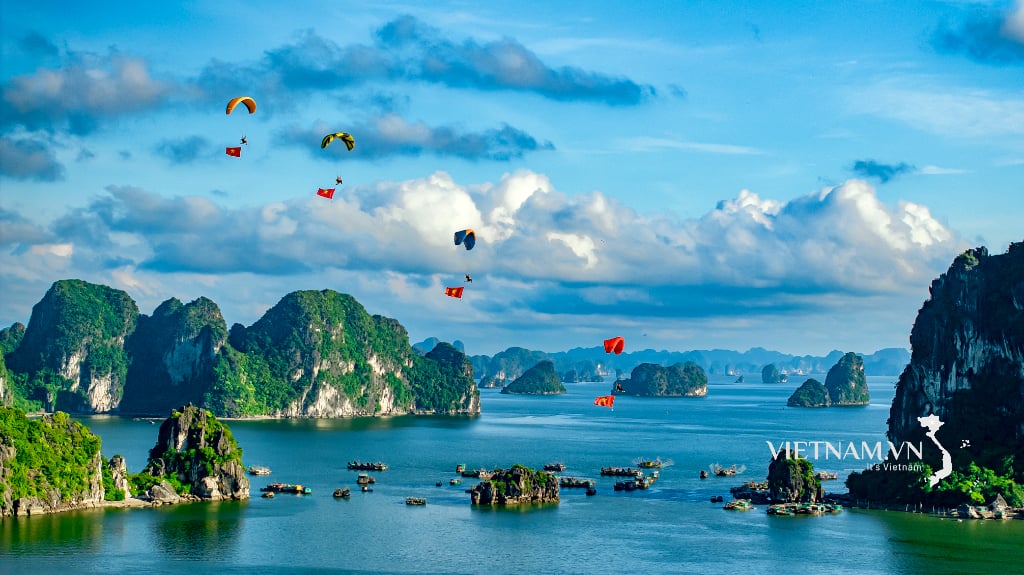
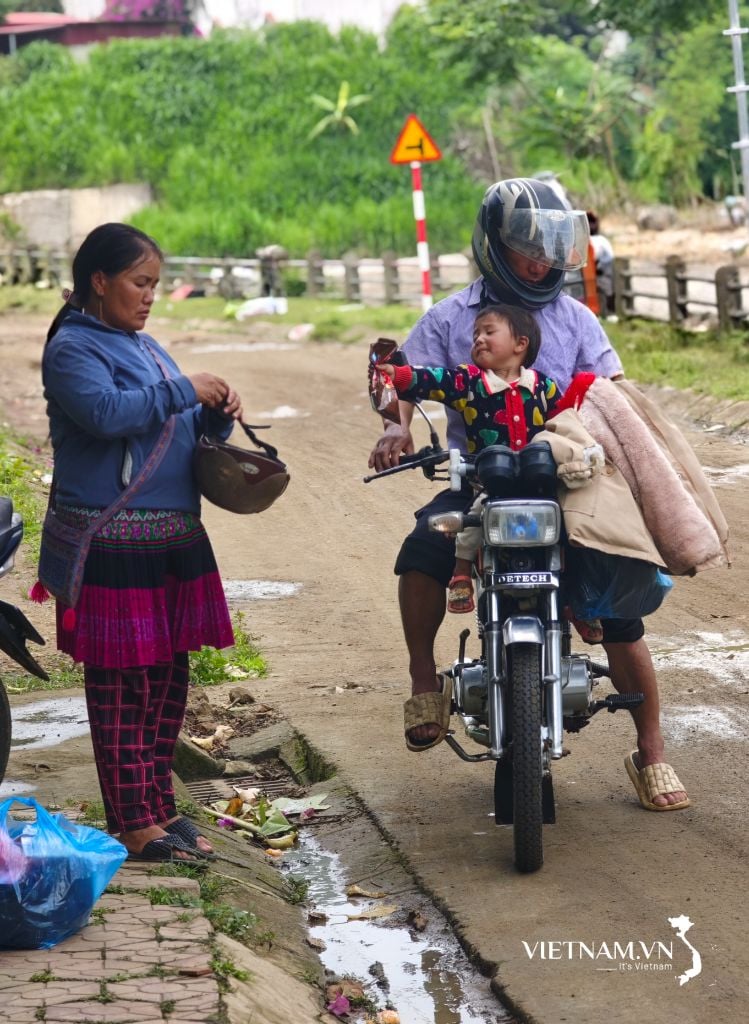


Comment (0)